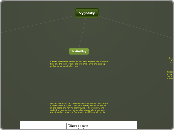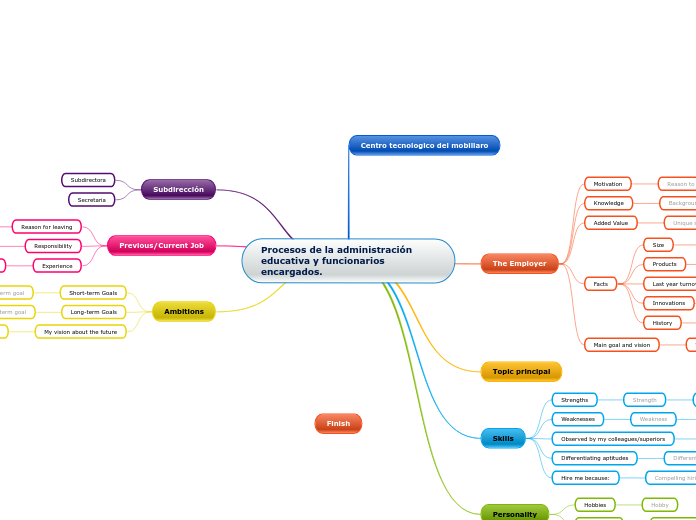av Shamina Gilmore för 13 årar sedan
672
Understanding the Aspect of Mentorship
An after-school initiative named the Academic Cultural Enrichment (ACE) Mentorship Program focuses on addressing the unique needs of African American youth. Sponsored partly by the Champaign Park District, the program aims to equip students with vital competencies to ensure their involvement, resilience, and success.









